Вы здесь
Excursion in Bishkek.
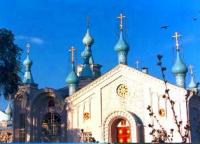

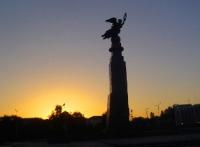
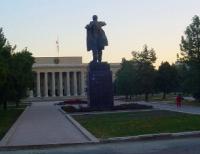
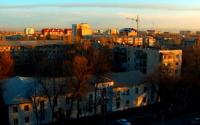
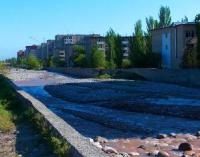
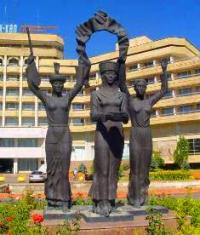
Excursion tourism in Kyrgyzstan.
Seasonallity: year round.
Duration: 6 hours.
Advanced reservation - for 24 hours.
Detailed program of an excursion trip in Bishkek:
Excursion on town Bishkek, visiting of the main area of the country - Ala-Too. It is Ala-Too in translation from the Kirghiz language means «Snow mountains», symbolizes the nature of the country which two thirds make mountains. The area "Ala-Too" - the most popular place in city where are spent national open air celebrations, holidays, meetings and other actions.
In the center of the area the 10-meter bronze sculptural monument to the hero of national epos Manas, monument to the Kirghiz writer Chingizu Aitmatov and black-and-white monument in memory of events 2002 and 2010 towers. On the area flutters 45 meter flag of Kyrgyzstan. Visiting State museum of History of Kyrgyzstan, Nikolskii churches, mosaic monument «Friendship of people» established in 1964, visiting of monument of Great Domestic war on the area the "Victory", established in 1985, by 40-th anniversary of victory over the Second world war.
Visiting of the Osh market, visiting of museum of Michael Frunze. After lunch the trip to gorge Ala-Archa (38 km). Walk in vicinities of natural park is Ala-Archa. Returning to Bishkek.
Short information on the town of Bishkek.
Bishkek, the capital of Kyrgyzstan, is situated at 74°35' east and 42°50' north, rises 800 meters above sea level in the Chui Valley and lies north of the Kyrgyz Mountain Range. 20 kilometers north of the city is the Chu River, forming part of the border with Kazakhstan republics. Two rivers run through Bishkek, Ala-Archa in the west part of the city, and Alamedin in the east.
The city also boasts fairly good air quality (undoubtedly enhanced by idle factories) although one's ability to breathe is threatened these days by aging vehicles and a growing population of cars. The central part of Bishkek is laid out in a grid pattern, with Ala-Too Square almost in the center, and the White House a few meters away. Under the watchful eye of transportation militia, traffic slows to a crawl from the part of Chui Prospect from Ala-Too Square to the White House.
Thanks to enlightened Russian and Soviet civic planners, Bishkek was and remains one of the greenest of the capitals of the former USSR. Over 20 parks with more than 150 species of trees dot the city, their colorful flora transforming them in the warm seasons into meccas of urban activity.
Aside from being the capital of the country and an autonomous administrative district, Bishkek is the economic and cultural center of Kyrgyzstan. Its status is confirmed by the presence of international organizations, banks factories, trading companies, hotels, department store, universities, theaters, museums, galleries, and embassies consulates within the city. April, 9 1954 beginning o' works for installing lights the streets.
During first car paign lights were installed 36 kilometers of roads. Fi street with light on both were Lenina (now Jibek Jol) and Pionerskaya (now Moskovskaya). One of the busiest and most interesting intersections for traffic and people is the corner of Moskovskaya and Sovietskaya, commonly abbreviated to Mossoviet. The West and East Bus Stations lie at their respective ends on Jibek Joly (Silk Road in Kyrgyz).
The next street is Tashkent, the old road to the eponymous capital of Uzbekistan. Bishkek II Train Station is at the southern end of Erkindik Prospect. Two places where you can have a good view the setting surrounding Bishkek is from the top of Ferris wheels, one in Panfilov Park, the other in Ata-Turk (formerly Drujba) Park. Central Bishkek is compact. At a leisurely pace, you can walk from Osh Bazaar in the west of town to Alamedin Bazaar in the east in about one hour.
Source of information:
Bishkek guide”. Published by “The times of Central Asia’ 2000.
Alexander Petrov's
photos.







